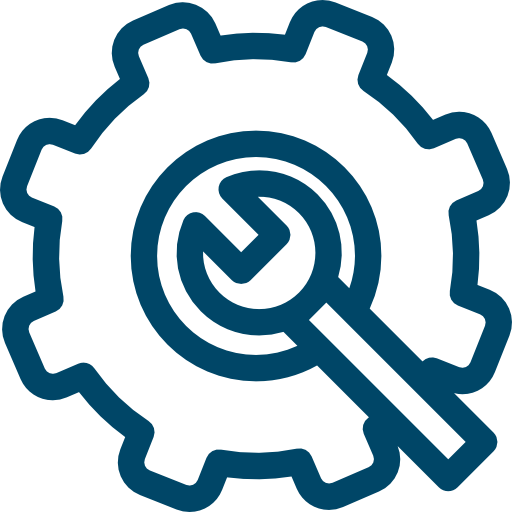
There are a lot of useful features in AscentialTest that are easy to miss unless someone points them out to you. This presentation will highlight little known features in the AscentialTest User Interface and in the Zee language that even long-time users might be surprised to learn.

While it is good practice to design automated tests to be independent, it is not always expeditious. There are situations where the data state of a test environment is difficult to manage or where the ‘state-full’ nature of a transaction requires components to be built one upon another. In these cases, a system of managing test dependencies is required.
In this presentation, you will learn how to implement a mechanism for building a system that manages test dependencies using the built-in test identifier and an .ini file that records the test status of each test. Each of the described components can be requested by emailing Zeenyx Support after the presentation.

Along with a variety of built-in summary and detail reports, AscentialTest provides tools for generating custom reports to meet project information requirements and to produce outputs that comply with third-party standards.
This presentation will cover the following:
AscentialTest Custom Report Generation Tool Kit
Generation of test results for Azure DevOps
Generation of test results for Jenkins Overview Report

While most testing tasks can be accomplished in AscentialTest without scripting, the Zee language is a full-featured, object-oriented language that provides the ability to build test automation capabilities beyond drag and drop.

While AscentialTest is primarily used for GUI testing, the Zee Language has the capability to create, update and parse JSON and XML and to call DLL, ODBC, SOAP and REST interfaces.This presentation will cover the following:
JSON parsing and editing
REST calling
XML parsing and editing
SOAP calling
DLL calling
SQL execution

Test data is an important component to building manual and automated tests with AscentialTest. In this session, we will explore all of the different ways that test data can be stored and accessed to promote both efficiency and re-usability.


 Brian has been working in the field of test automation for more than 30 years. Brian began as a QA Engineer using the testing tools available in the early 1980’s. He joined Segue Software in its infancy and served as the EVP of R&D during that company’s golden years. Brian formed Star Quality, a consulting firm specializing in test automation in the late 90s. After 12 years of experience in the trenches, he’s excited to be building the next generation testing tool that will increase the productivity and and effectiveness of test and development teams.
Brian has been working in the field of test automation for more than 30 years. Brian began as a QA Engineer using the testing tools available in the early 1980’s. He joined Segue Software in its infancy and served as the EVP of R&D during that company’s golden years. Brian formed Star Quality, a consulting firm specializing in test automation in the late 90s. After 12 years of experience in the trenches, he’s excited to be building the next generation testing tool that will increase the productivity and and effectiveness of test and development teams. Dave is a pioneer in the field of automated testing. Dave developed ATF, one of the first automation tools, more than 20 yeas ago. He was a founder and Chief Architect of Segue Software, Inc., the original creators of QA Partner/SilkTest. Dave believes that no testing tool can be easy to use without a solid foundation. That’s why he is committed to providing AscentialTest’s universal agent with the most powerful object recognition engine in the industry.
Dave is a pioneer in the field of automated testing. Dave developed ATF, one of the first automation tools, more than 20 yeas ago. He was a founder and Chief Architect of Segue Software, Inc., the original creators of QA Partner/SilkTest. Dave believes that no testing tool can be easy to use without a solid foundation. That’s why he is committed to providing AscentialTest’s universal agent with the most powerful object recognition engine in the industry.



















